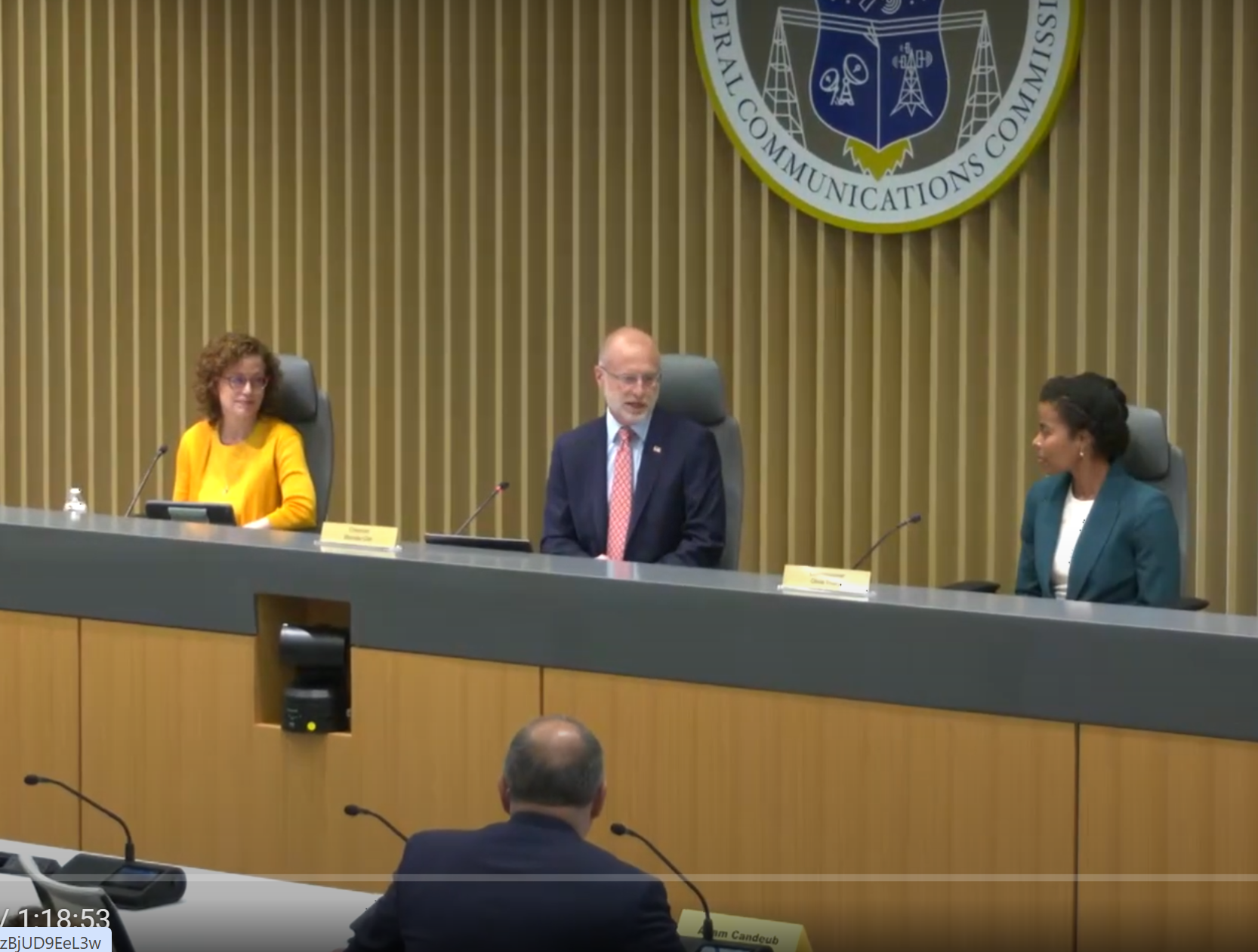NAB, and SBE Emphasize Importance of EAS Comment on FCC EAS Review
Responding to a request from the FCC, NAB and SBE separately filed comments in the commission's Review of the Emergency Broadcast System First Report and Order and Further Notice of Proposed Rulemaking released last November.
NAB's comments pointed out that broadcasters' emergency relief efforts extend well beyond the EAS architecture, and stated that, "In an era of instantaneous communications, those in the broadcast audience are provided with a wealth of emergency and critical information through regular broadcast programming that dwarfs the information provided through EAS."
The NAB stated supported for FCC proposals such as incorporating digital technologies for EAS and the adoption of a common protocol language. The association also applauded the commission's efforts to ensure all Americans, including non-English speaking persons and those with hearing and visual disabilities, have access to emergency information. However, it urged the FCC "to refrain requiring audio transcription of EAS messages because it is a de facto real-time captioning requirement that we believe, at this stage, would more likely impede the timely dissemination of emergency information." NAB also asked the FCC to refrain from implementing a proposed multilingual emergency alert system, saying that, "In lieu of further regulation, NAB urges the commission to continue to work with broadcasters to implement voluntary measures for improving public warnings and alerts."
The SBE comments list specific proposals for improving EAS. These include:
- Create multipoint distribution links from government warning originators to WARSEPS (Warning System Origination Points), to eliminate the broadcast delay chain
- Adopt CAP (Common Alerting Protocol)
- Create EAS performance standards
- Eliminate broadcasters as an EAS origination source
- Provide Federal funding and training for a national system
- Mandate electronic devices to have a warning capability
The SBE comments address the issue of cable TV overrides of broadcast alerts, stating that "SBE feels that it is critical that nothing interfere with local warnings (including AMBER alerts) being delivered to end users." It added that when cable channels are permitted to blindly override local TV channels, reception of local live safety information may be interrupted.
The Sacramento, Calif. Comcast cable system was used as an example. When Comcast receives an EAS alert, set-top boxes are forced tuned to a Home Shopping Channel (HSN) with "minimal EAS visual text and non-discernable audio." Viewers cannot retune the box to a local channel or to a station broadcasting emergency information in another language such as Spanish. The SBE said this lockout lasts for up to 20 minutes and in some cases regular HSN programming has returned before the forced tuning lock was released.
The SBE also urged the FCC to require that public warning capabilities be built into consumer electronic devices whenever possible, using what SBE refers to as the "E-Chip.". The SBE comments said ithe organization "feels that the technology to perform this task exists today and now only lacks leadership at the federal level to spur progress."
Read the SBE comments for a lengthy evaluation of methods for delivering EAS messages to broadcast stations and a discussion of requirements for a next generation EAS system. There is still time to file reply comments in the EAS review.
The professional video industry's #1 source for news, trends and product and tech information. Sign up below.
